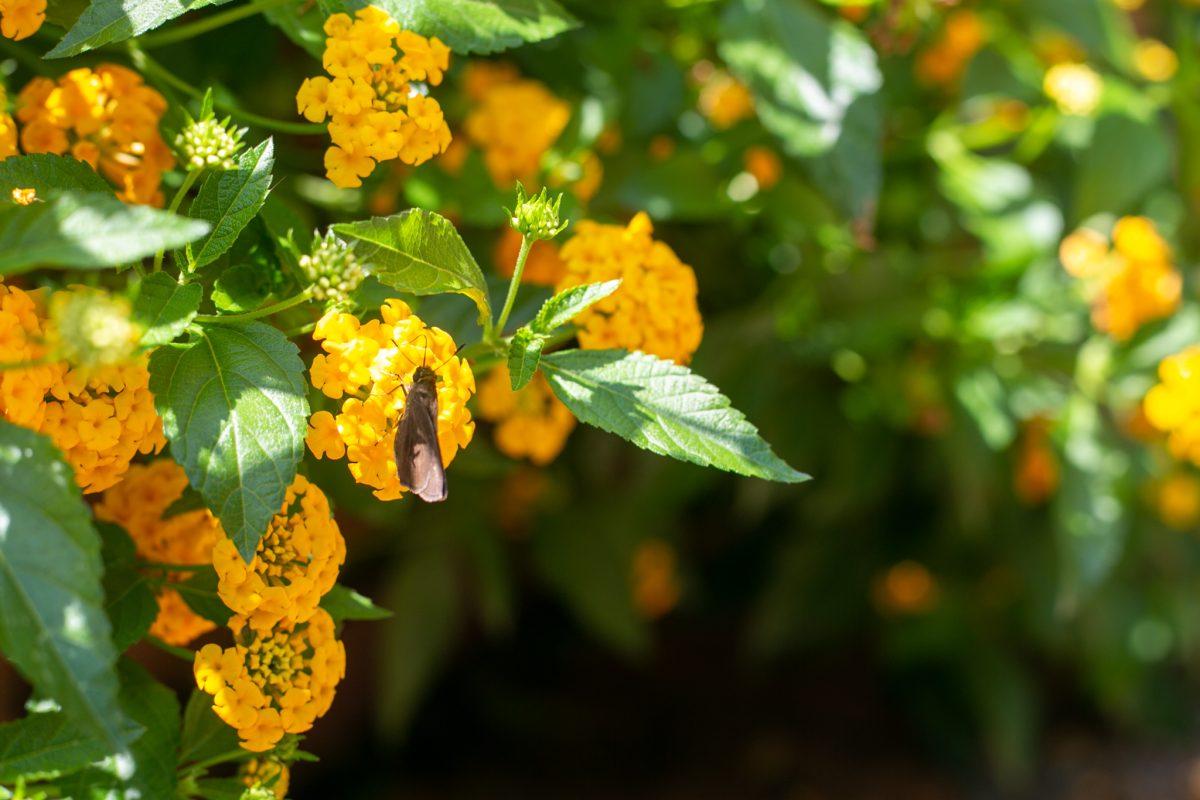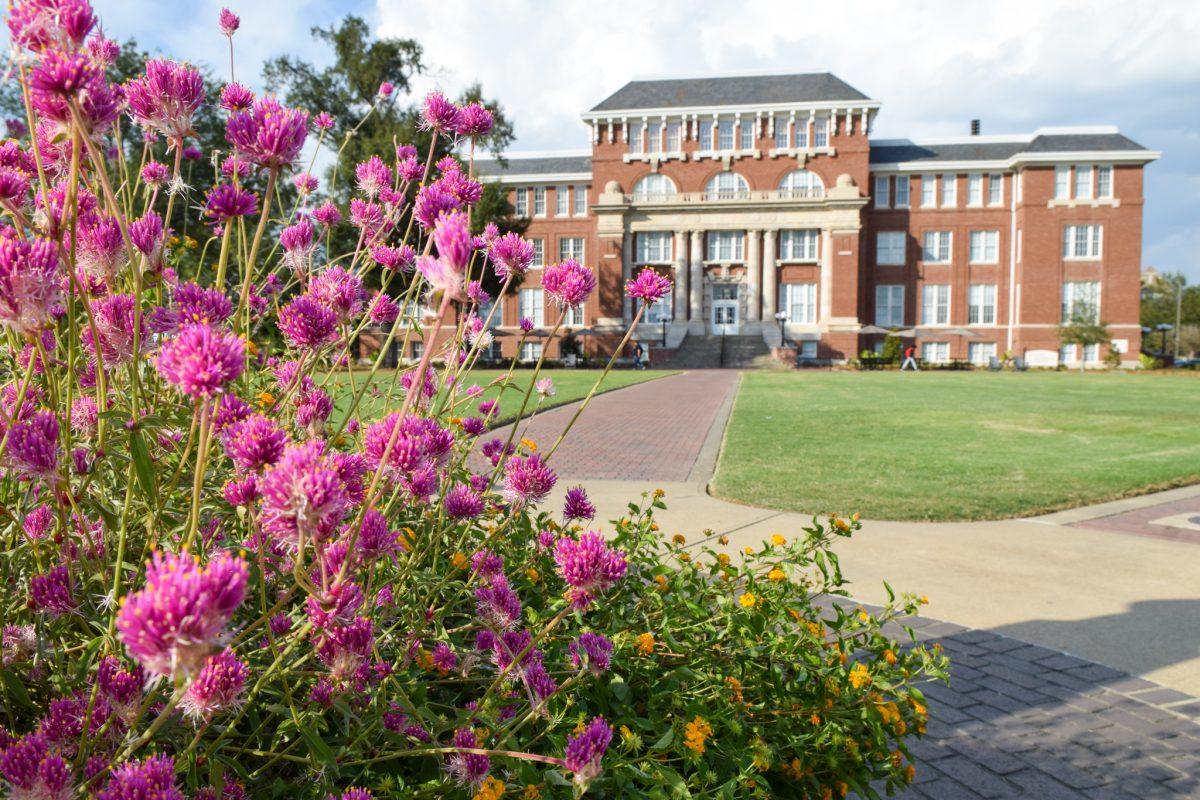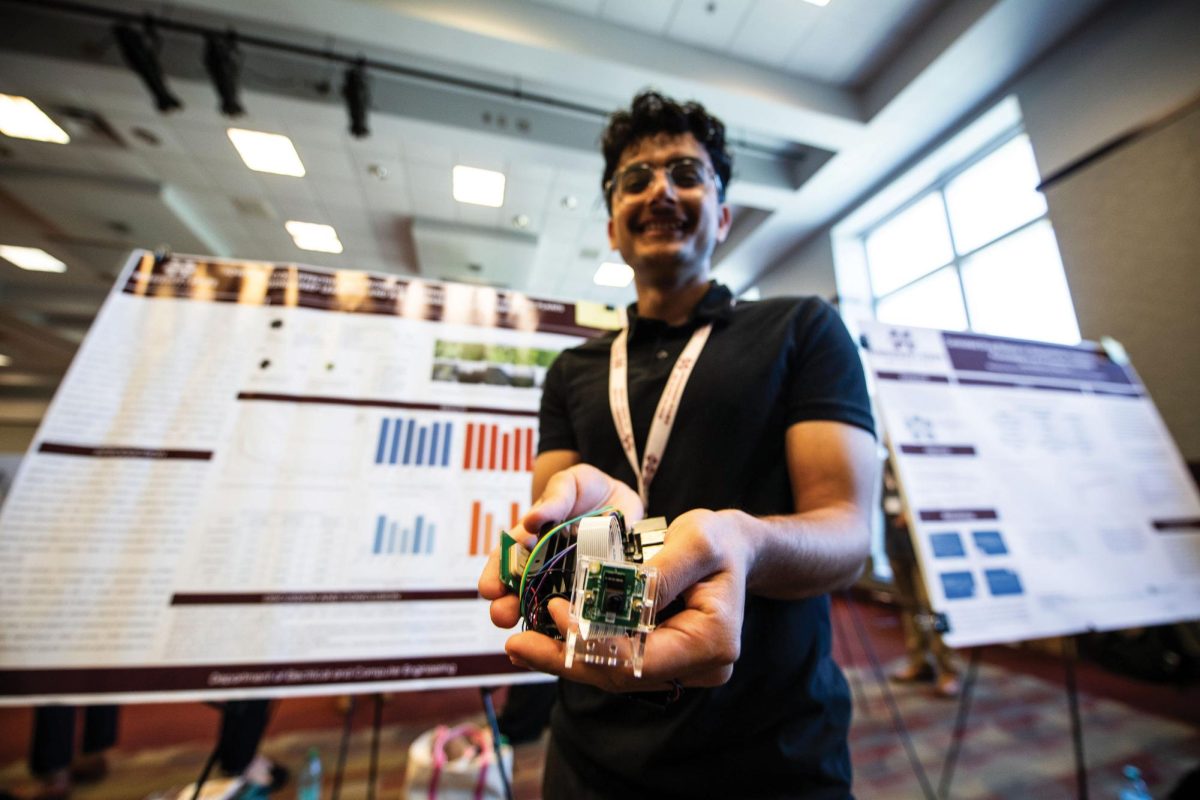Horticulturists from Mississippi State University’s Campus Landscape crews will begin changing the plants around campus next month, signaling the start of a new season.
Walking around the main campus of MSU, it is hard not to notice the colorful flowers adorning the area.
With around 21 pots and 41 flower beds across the university, it is impressive how bright and well maintained the flowers stay year-round. This would not be possible without the work of the university’s team of horticulturists.
Twice a year, once in late fall and once in late spring, the team works to change every flower bed on campus to prepare them for the next season. This ensures that the beds can continue to make campus a brighter and more welcoming place no matter the time of year.
Dylan Karges, one of the team leads in campus landscape, said that one of his favorite things the horticulturists get to do is make changes to improve areas around campus.
“I think one of the funnest things we’ve been doing, and specifically Jola and I in collaboration with our other crews is just sort of, like I said, with sort of doing pruning that hasn’t been done in a while is looking for opportunities to make special places more memorable,” Karges said.
Karges specifically noted the changes they have made this year are in the courtyard at the chapel of memories.
“The courtyard at the Chapel by the fountain, that’s a raised bed that was nothing but a strip of shrubs and a few daffodils that were getting shaded out for the last decade, and this year it’s dramatically different,” Karges said.
Karges went on to say that these sorts of changes are well worth it to the team even though they sometimes require more work and maintenance.
Planning for each season begins nearly nine months before the plants arrive on campus, and there are countless aspects that must be considered to make sure the season’s plants are successful.
According to Jola Raczynska, one of the horticulturists on campus, this semester campus landscape is already beginning to plan for the next couple of years.
“We order plants for the spring, the fall before,” Raczynska said. “For example, this fall, we will order some flowers for spring of next year.”
Myles Thibodeaux is the horticulture supervisor for MSU and oversees many of the aspects of the ordering and planting around campus. According to Thibodeaux, the university orders an average of approximately 8,500 plants for the spring and 9,300 plants for the fall, all of which are ordered months before they are needed. In addition to those plants, between 5,000 and 7,000 tulips are planted each year in November.
“We put our orders in six to eight months out,” Thibodeaux said. “The people we’re ordering from either order the plants as plugs or seeds. Those growers are growing almost a year out because they will do things like tissue cultures, and they are counting seeds from the year before to know how much they’ll be able to plant the next year. So, to make sure we get what we want, it’s a lot of planning.”
One of the factors that they consider during planning is how plants are going to perform in our changing climate. Thibodeaux stated that while a majority of plants are familiar on campus, around 10% of what they order each season is experimental. These experimental plants are either new to campus or have not been tried out in the region.
According to Raczynska, the team is always looking to add something “new and creative” to the campus landscape.
Trucks will begin coming in with plants for the winter and spring season around mid-October. Afterwards, the crew will begin to remove the old plants and install the new ones.
Raczynska expressed her excitement for the moment that the large delivery trailers of plants arrive.
“I really like this moment when we have all the plants,” Raczynska said. “It’s like, ‘oh my God, what will we do next?’”
Karges explained that they try to stage the plants from each truck before the next one comes in, taking it one bed at a time to make the planting more manageable.
The work does not end with the installation of the plants though, as it takes consistent work to maintain each of the flower beds.
According to Karges, while the university does have irrigation for each of the beds and pots, campus horticulturists still try to check each bed on a regular basis to make sure that they are not getting too much or too little water.
Campus landscape must also watch how each of the plants behave to see what is working and what is not. This information must be taken into account for the next year’s planning. With the weather changing every year, it can sometimes be hard to predict how well a certain plant will perform.
Karges said they are always doing something to try to improve campus and make a positive impact on the environment.
“We’re making it a more friendly environment, safer, and more beautiful for people to be there,” Karges said.
The Drill Field is one of many places where flowers are planted.











